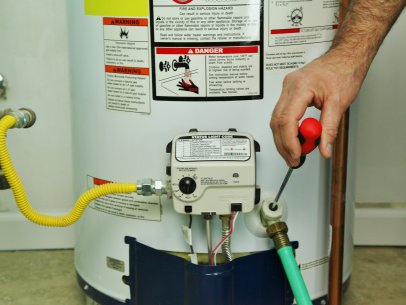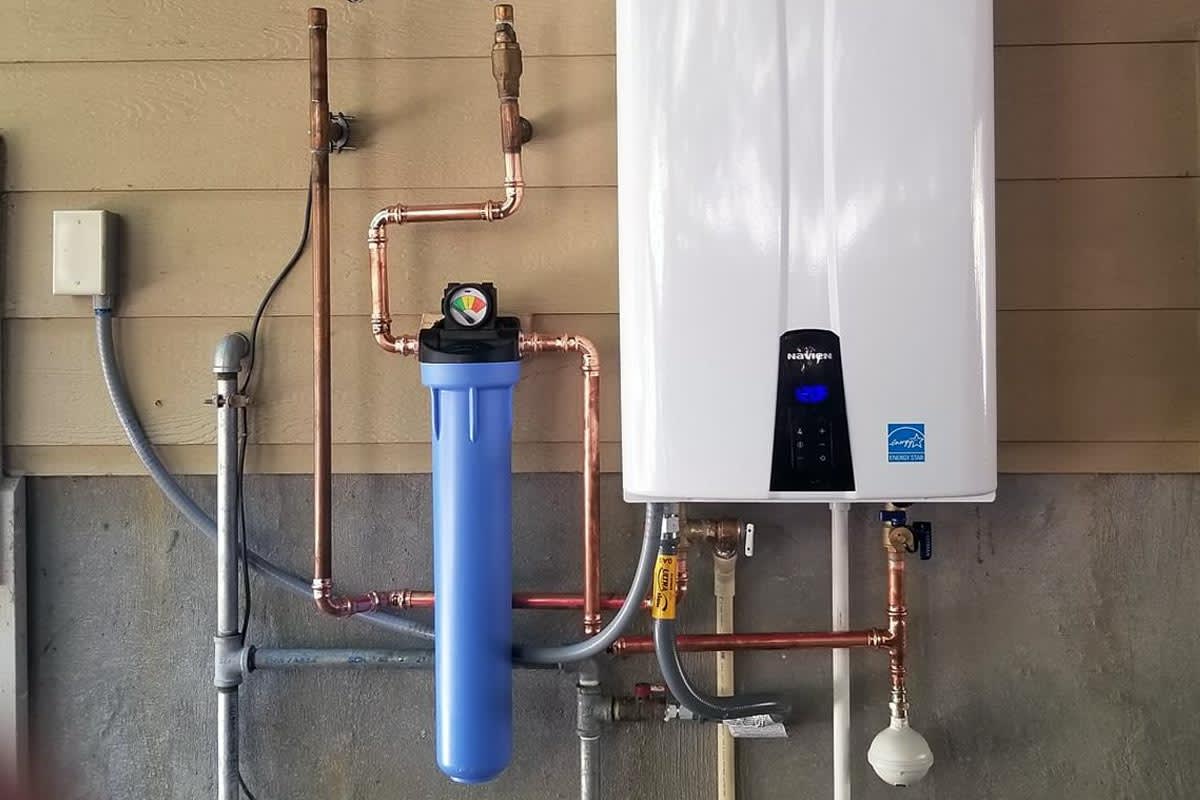Important Guidance on Caring for Your Home's Hot Water System
Click HereThis great article listed below in relation to Tips on Maintaining a Water Heater is particularly stimulating. You should check this stuff out.

Warm water is necessary for everyday convenience, whether it's for a rejuvenating shower or cleaning dishes. To ensure your hot water system runs effectively and lasts longer, regular maintenance is key. This short article provides sensible ideas and understandings on just how to preserve your home's warm water system to avoid interruptions and pricey repairs.
Intro
Preserving your home's hot water system could seem difficult, but with a couple of easy actions, you can guarantee it operates efficiently for many years to come. This overview covers every little thing from comprehending your hot water system to do it yourself maintenance pointers and understanding when to call in expert help.
Relevance of Maintaining Your Warm Water System
Routine upkeep not only expands the life-span of your hot water system yet likewise guarantees it operates successfully. Overlooking maintenance can bring about decreased performance, higher energy costs, and even early failing of the system.
Signs Your Hot Water System Demands Maintenance
Understanding when your warm water system needs attention can stop major problems. Keep an eye out for signs such as irregular water temperature, odd sounds from the heater, or rustic water.
Recognizing Your Hot Water System
Prior to diving into upkeep jobs, it's valuable to recognize the basic parts of your hot water system. Normally, this includes the hot water heater itself, pipes, anode rods, and temperature controls.
Monthly Maintenance Tasks
Regular month-to-month checks can help catch minor concerns prior to they escalate.
Purging the Water Heater
Purging your water heater gets rid of sediment accumulation, boosting efficiency and extending its life.
Monitoring and Replacing Anode Rods
Anode poles stop corrosion inside the tank. Examining and changing them when worn is essential.
Checking and Readjusting Temperature Level Setups
Readjusting the temperature level setups ensures optimal performance and safety and security.
Do It Yourself Tips for Maintenance
You can execute a number of upkeep jobs yourself to maintain your warm water system in top problem.
Looking for Leaks
Frequently evaluate pipes and connections for leaks, as these can result in water damage and higher bills.
Examining Stress Alleviation Valves
Checking the pressure relief valve ensures it functions correctly and stops extreme pressure buildup.
Insulating Pipelines
Shielding warm water pipes reduces warmth loss and can conserve power.
When to Call an Expert
While DIY upkeep is valuable, some issues call for expert know-how.
Complicated Issues Calling For Specialist Aid
Examples include significant leaks, electrical troubles, or if your water heater is continually underperforming.
Regular Expert Upkeep Conveniences
Expert maintenance can consist of extensive examinations, tune-ups, and making sure compliance with safety and security requirements.
Conclusion
Normal maintenance of your home's warm water system is important for efficiency, durability, and cost financial savings. By complying with these pointers and understanding when to look for professional aid, you can guarantee a dependable supply of warm water without unforeseen disturbances.
Water Heater Maintenance Tips
Test the TPR Valve
Shut off the power and the cold-water supply valve. Place a bucket under the pipe connected to the temperature-pressure-release (TPR) valve on the top or side of the tank. (This valve opens if the tank pressure gets too high.) Lift the valve’s tab to let some water out, then let go. If water keeps flowing, drain the tank partway, unscrew the old valve with a pipe wrench, and install a new one. Check the Anode Rod
Put a hose to the tank’s drain cock and let out a few gallons of water. Now fit a 1 1/16-inch socket onto the rod’s hex head on top of the heater (or under its top plate) and unscrew the rod. If it’s less than ½ inch thick or coated with calcium, buy a new one, wrap its threads with Teflon tape, put it back in the tank, and tighten securely. Use this segmented rod if headroom above the tank is limited. Drain the Tank and Wash Out Sediment
Drain the remaining water in the tank into the bucket, then stir up the sediment on the tank’s bottom by briefly opening the cold-water supply valve. Drain and repeat until clean water comes out of the hose. Close the drain cock, refill the tank, and turn its power back on. Adjust the Temperature
Find the temperature dial on the side of the tank and unscrew its cover. Adjust the dial to 120 degrees using a flathead screwdriver. For every 10 degrees the temperature is lowered, you can expect to save up to 5 percent in energy costs. Turn the water heater off or the thermostat down to its lowest setting if you plan to be away from home for more than three days. Insulate the Pipes
Buy some self-sticking 3/8-inch-thick foam pipe insulation that matches the pipes’ diameter. Slide the foam over the hot-and cold-water pipes as far as you can reach. Insulating the cold-water pipe prevents condensation in summer. Peel the tape and squeeze the insulation closed. If the pipe is 6 inches or less from the flue, cover it with 1-inch-thick unfaced fiberglass pipe wrap. https://www.thisoldhouse.com/plumbing/21016402/how-to-maintain-a-water-heater

Hopefully you enjoyed our section about How to Maintain Your Water Heater & Prolong its Life. Thanks for spending some time to read through our post. So long as you appreciated our blog entry if you please be sure to pass it around. I praise you for your time. Kindly visit our site back soon.
Show Details